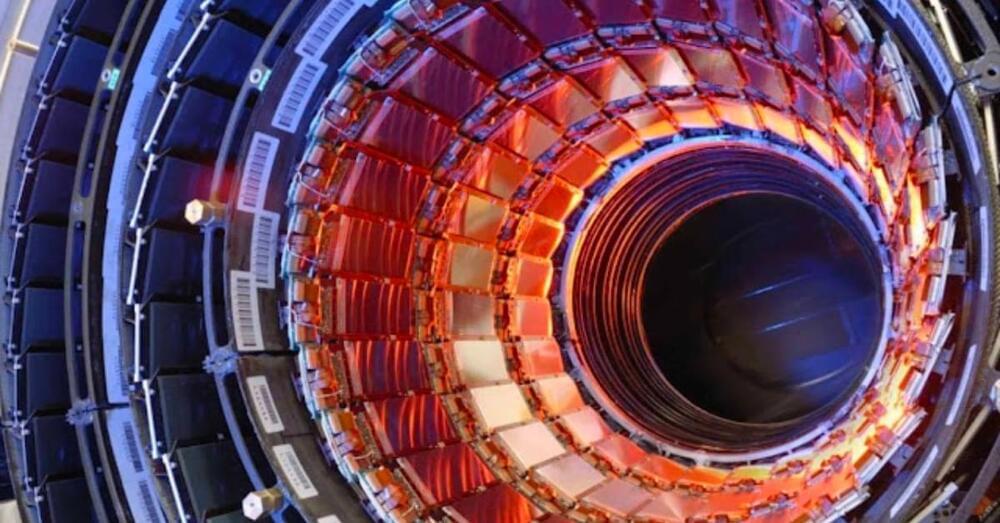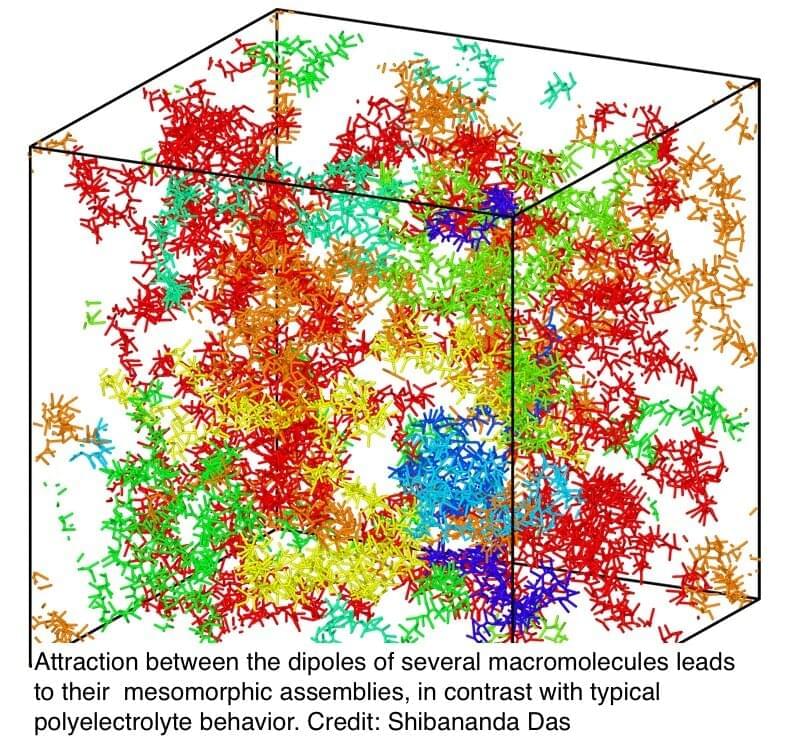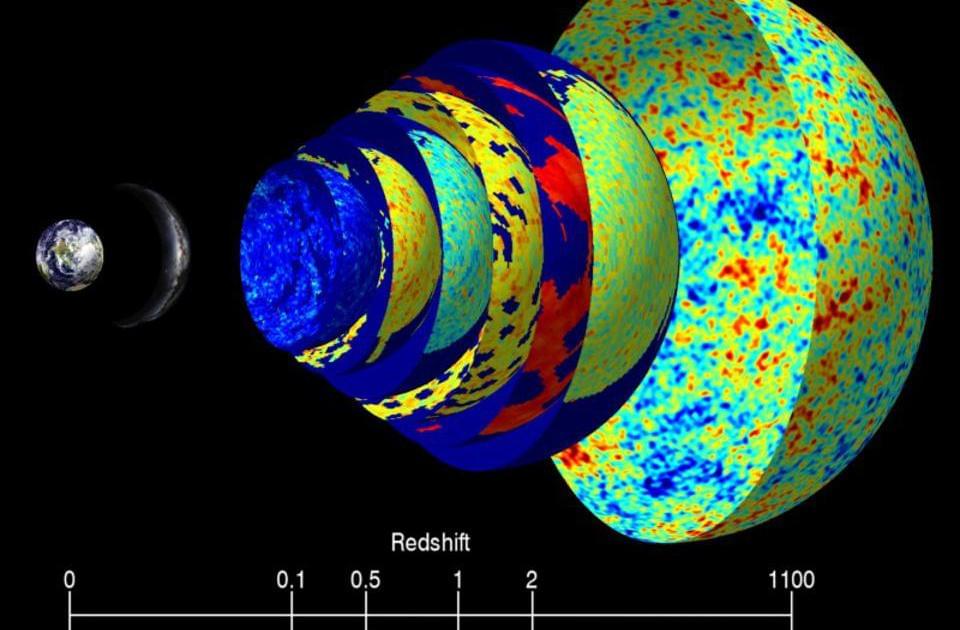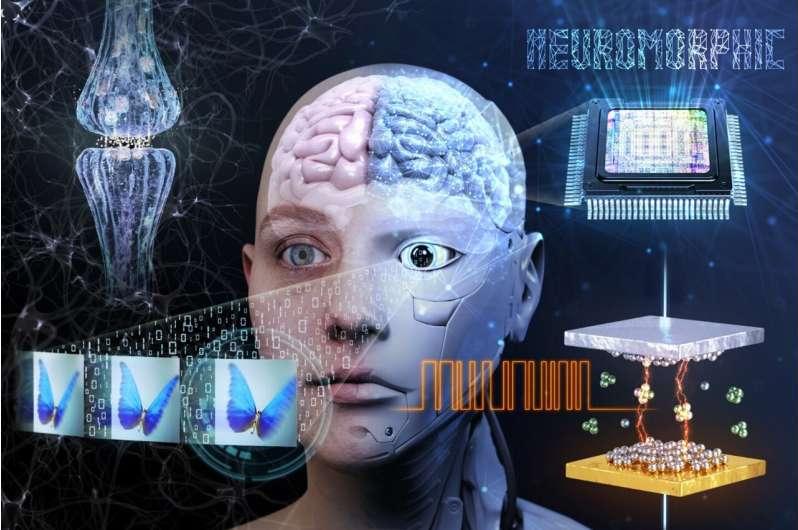Tata Motors, an India-based automaker, has launched a new small hatchback all-electric vehicle starting at just over $10,000.
The Indian auto market has been lagging behind its peers when it comes to electrification.
This is due to many factors, but not the least of which is the fact that the country has strong protectionist laws when it comes to its auto industry and it makes it hard for foreign automakers to launch new vehicles in the country without producing them there.







